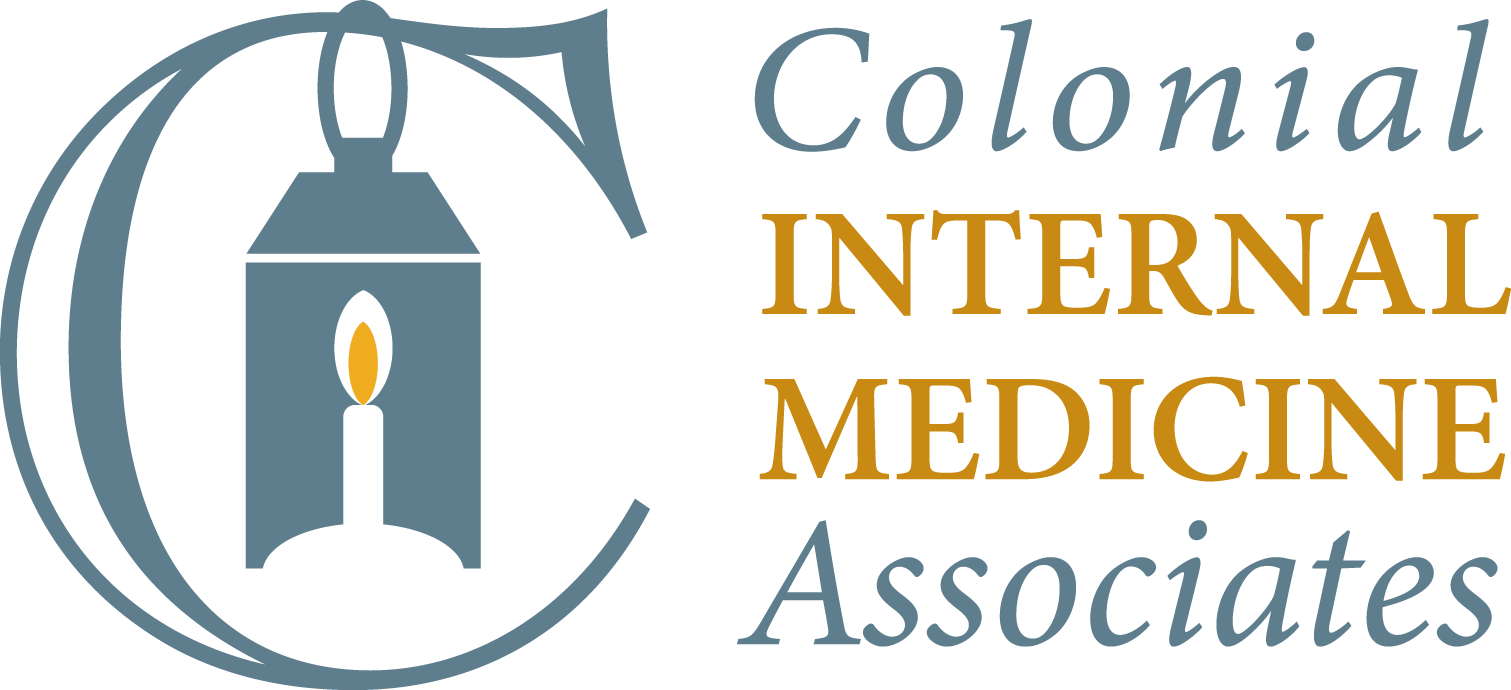What is a D.O.?
You may have noticed some of our physicians have “D.O.” instead of “M.D.” after their name and been curious what this means. There are two types of physicians in the United States and have been since 1874 when an M.D. named Dr. Andrew Taylor Still wanted to address concerns with post-civil war medicine. He challenged then widely held conceptions that the human body was divided into separate systems that did not interrelate and advocated for a “whole person” approach to medical treatments. At the time Arsenic and Strychnine as well as bleeding were common standard medical practices of the day and he advocated for a different approach and to that end a different philosophy of medical care.
Both M.D.’s and D.O.’s are trained in a philosophy of medical practice – an M.D. being in an Allopathic model and the D.O. being in the Osteopathic model. Because of the philosophic difference first illustrated by Dr. Still a D.O’s degree and subsequently their initials after their name is different. Today in the 21st century the healthcare of both M.D.’s and D.O’s are very similar with a focus on the whole body and body systems being interrelated. That illness in one area of the body can manifest as symptoms in another body system. Arsenic, Strychnine, and bleeding are long gone – deemed to be the harmful agents Dr. Still first suggested long ago. Dr. Still won a place in the Medicine Hall of Fame and his picture on a U.S. postage stamp for his work which added greatly to the renaissance of the early 20th Century medical innovations.
D.O’s are trained in U.S. medical schools for a four year rigorous curriculum like out M.D. colleagues but in Osteopathic medical school there is a “whole person” approach centered from the first day of class and additional training in musculoskeletal health. D.O’s take the same boards as our M.D. colleagues and train at the same post-doctoral residency hospitals. D.O.’s practice everything from pediatrics to neurosurgery and number more than 80,000 physicians in every state and type of clinical practice. CIMA benefits from the combined expertise of both our M.D and D.O. physicians. This “whole person” approach is a critical part of primary care and both our M.D. and D.O. physicians put this focus into their patient care at CIMA. If you would like to read more on this subject please follow this link to the American Osteopathic Association.
What is Internal Medicine?
Internal Medicine is actually both primary care and a medical specialty that focuses on diseases of internal organ systems such as infections, heart, liver and stomach, muscle and bone, lung and nerves to name many. Patients are considered adult from the point of view of internal medicine from the age of 16. Caring for this diverse population of adolescents thru elderly and the distinct needs of each generation is the hallmark of internal medicine. Many of our patients are on multiple drugs that have potential interactions. Their needs often involve the simultaneous management of multiple chronic diseases. Wellness and health maintenance and the prevention of disease has also been pioneered by internal medicine as a way to prevent future illness or lessen the severity of a serious condition.
Many sub-specialists that care for adult patients (such as Cardiologists, Pulmonologists, Gastroenterologists, Cancer specialists, Endocrinologists, Infectious Disease and Geriatricians) are actually branches of our specialty. General Internal Medicine physicians complete a full three year residency in medicine, and if so choosing go on to sub-specialize in their chosen field to work with the general internist to properly care for patients with serious medical conditions both in and out of the hospital. This partnership is unique to internal medicine and, with the general internist at the center of coordinating treatment, offers the patient the most optimum medical treatment.
